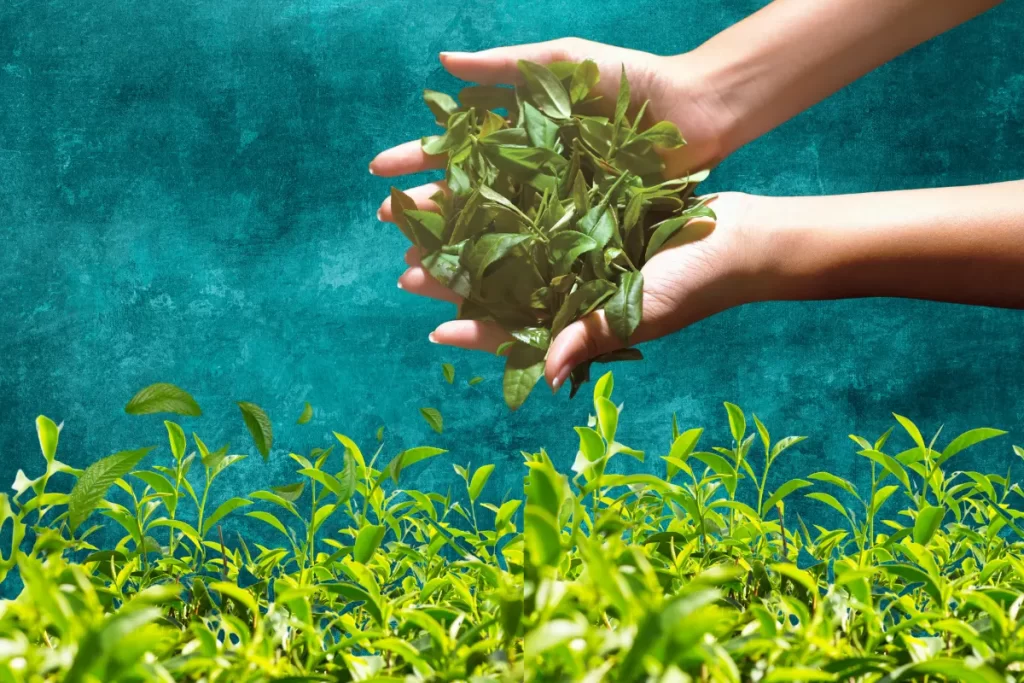Brewing Success: The Tea Export Procurement Journey in India
India, with its rich legacy of tea cultivation, stands as a prominent player in the global tea trade, famed for its diverse and exquisite varieties like the delicate Darjeeling tea, the robust Assam tea, and the flavorful Nilgiri teas. For businesses looking to enter the India tea export market, mastering the tea export procedure is fundamental to tapping into this vibrant industry. This blog explores the detailed procurement process for tea export from India, incorporating crucial market trends and SEO-friendly insights.
The journey of Indian tea begins in the sprawling tea estates of regions like Assam, West Bengal (Darjeeling), and Nilgiris. Procurement for export typically involves direct sourcing from tea gardens, participation in tea auctions, or engaging with established tea blenders and traders. For premium tea export, like specialty Darjeeling or organic Assam, traceability back to the estate is often a key selling point. Increasingly, international buyers seek sustainable tea production and certifications such as Rainforest Alliance or Fair Trade, influencing sourcing decisions. The rising demand for organic tea India is also shaping procurement, with a focus on certified organic estates.
Similar to other agricultural exports, obtaining an Import Export Code (IEC) from the DGFT is the initial mandatory step for any tea exporter. Registration with the Tea Board of India, the apex body regulating the Indian tea industry, is also vital. The Tea Board provides essential guidance, market intelligence, and facilitates various export promotion schemes. Exporters must adhere to the quality standards prescribed by the Tea Board and other international bodies, often requiring a Certificate of Origin and a health certificate for their shipments.
Current market trends highlight a growing global preference for specialty and value-added teas. While bulk tea export of black tea remains significant, there’s an increasing appetite for green tea, herbal blends, and unique single-origin teas. This pushes Indian tea suppliers India to diversify their offerings and invest in modern processing techniques to meet evolving consumer demands. The digital landscape has also opened new avenues, with online B2B platforms connecting buyers directly with Indian tea market suppliers, making finding tea buyers more efficient.
Efficient logistics are paramount in tea export. Tea is sensitive to moisture and odors, requiring specialized packaging that preserves its aroma and flavor. This often includes vacuum-sealed bags or sturdy chests. The choice of transportation – sea freight for larger volumes or air freight for expedited or high-value shipments – depends on factors like urgency, volume, and destination. Accurate documentation, including commercial invoices, packing lists, and bills of lading, is critical for smooth customs clearance at both ends.
Despite India’s significant presence, the global tea trade faces challenges such as climate change impacts on production, fluctuating auction prices, and intense competition from other tea-producing nations. However, government initiatives, coupled with the industry’s focus on quality, innovation, and aggressive marketing, are helping Indian tea maintain its competitive edge. The emphasis on geographical indication (GI) for Darjeeling tea, for instance, protects its unique identity and premium status.
In summary, the India tea export sector is a dynamic landscape offering immense potential. Success in this domain relies on robust procurement strategies, stringent quality control, adaptability to global market shifts towards specialty and sustainable products, and a keen understanding of international trade regulations. By embracing these aspects, Indian tea exporters can continue to brew success on the global stage, solidifying India’s position as a powerhouse in the world of tea.

